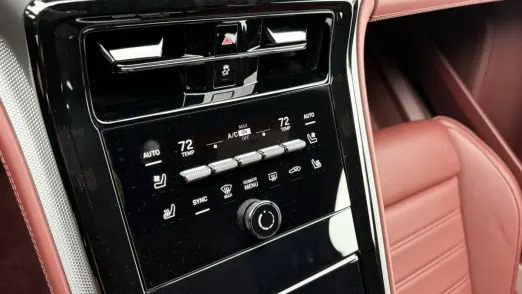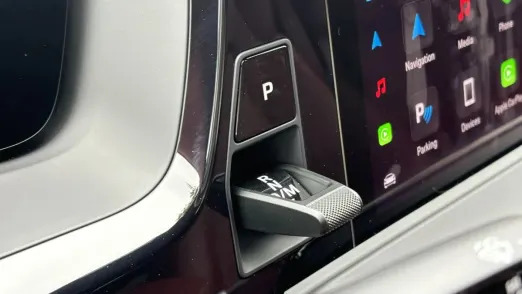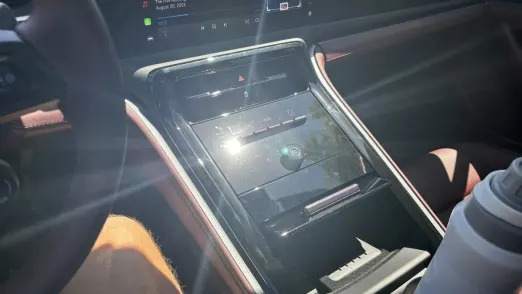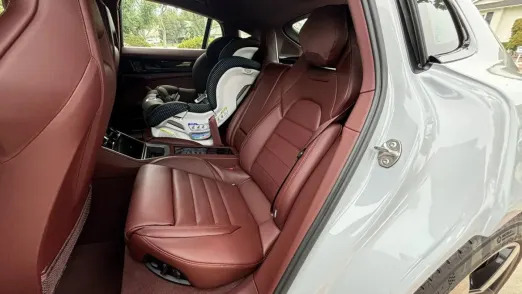The 2024 Porsche Panamera is easily overshadowed by Porsche’s better-selling SUVs, its more exciting sports cars and its more future-forward sedan, the Taycan. The Panamera’s body style, dimensions and driving demeanor also stand in sharp contrast with other sedans at its high price point, which are big, comfy limos like the BMW 7 Series and Mercedes S-Class. It’s a different kind of Porsche and a different kind of luxury sedan to be sure.
But you know what? Different can be fantastic. Hasn’t that been Porsche’s M.O. from the very beginning? I mean, the damn engine was dangling off the rear end. If you want a regular sort of luxury sedan, the Panamera is quite obviously not it. It’s a Porsche. It looks like a Porsche and drives like a Porsche. Now, unfortunately, there are a few areas where this updated Panamera has drifted away from the Porsche norm. I’ll be calling those out below, but mostly, my time in what is almost the base Panamera was delightful.
While I got a chance to drive the updated Panamera E-Hybrid versions in Germany this year, this was a 2024 Porsche Panamera 4, meaning it had the base 2.9-liter turbocharged V6 good for 348 horsepower and 368 pound-feet of torque. As the 4 in the name would indicate, it had all-wheel drive. Base price is $108,550, but a vigorous box-checking campaign on the configurator resulted in an as-tested price of $140,230. Ka-ching.
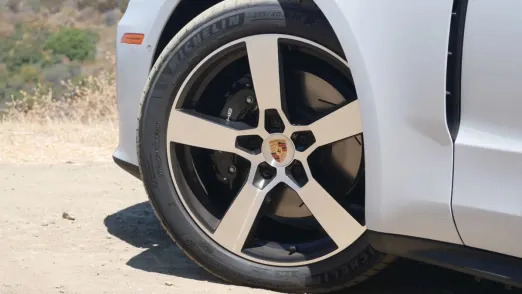
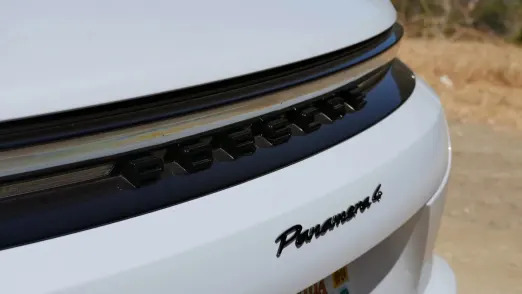
The air suspension is wizards’ work.
My test car did not have the wacky-pants Active Ride Suspension I sampled in Germany that does things you just don’t anticipate a c ar doing. The standard air suspension, on the other hand, does a masterful job of providing a lovely ride (my tester’s tasteful and reasonably sized 20-inch Panamera Design wheels no doubt helped too) and impeccable body control. There’s a series of undulations at the bottom of my closest highway on-ramp that flummoxes most suspensions into bounding about, but the Panamera just sliced through it all. Wildly impressive. I’d stick with the stock suspension.
Wait, this is the slow one?
The Panamera 4 hits 60 mph in 4.7 seconds. And remember, this is the base car. The 4 shaves a tenth of a second off the rear-drive literal base car’s time, but I would have to imagine that’s because of the greater launch grip provided by four tires versus two. At no point did I ever think, “you know, this seems slow.”
I can’t say I’d want or need AWD, either.
The one-tenth of a second very much aside, I don’t see why I wouldn’t stick with rear-wheel drive. I live in Southern California and I really doubt removing the front axle from the occasion would hamper the experience. Less weight probably would improve it.
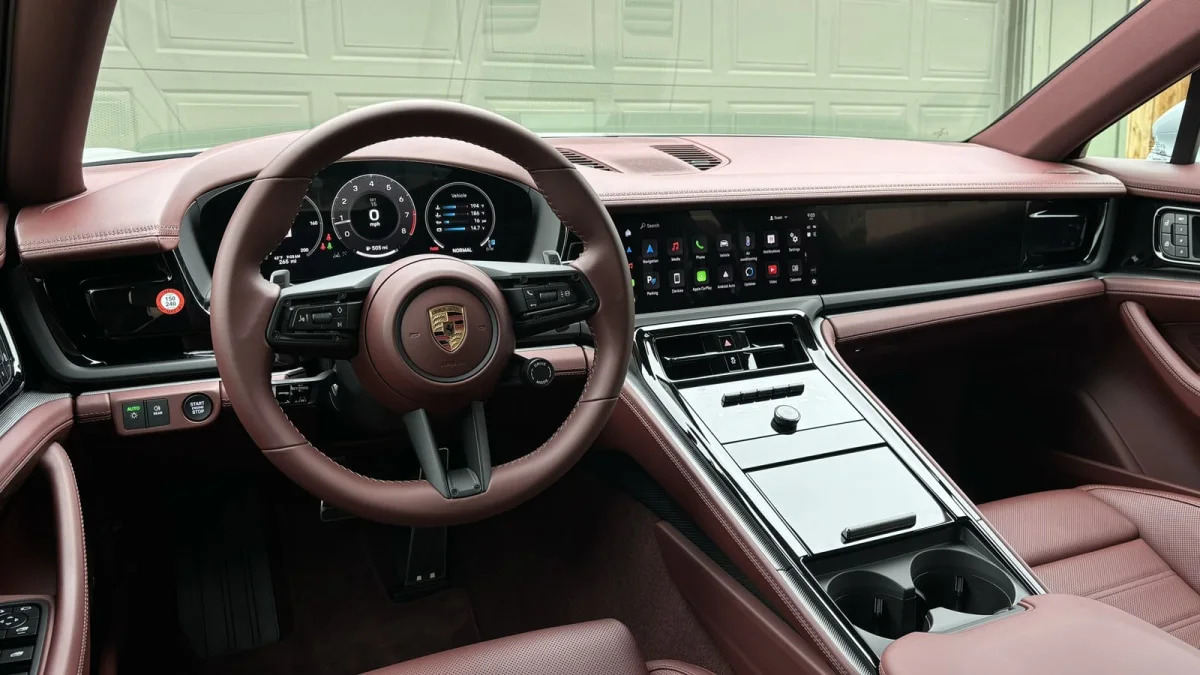
Not a great showing by PDK.
This is the first time I’ve been disappointed by Porsche’s dual-clutch automated manual transmission (PDK). I occasionally needed to put the car into Sport mode just to wake the transmission up and goad it into dropping down a gear – it was too often one or two north of where I’d want it. In the mountains, though, I even found Sport not exactly up to the task, and my test car lacked Porsche’s Sport+ mode that typically eliminates any thought of using the paddle shifters.
Speaking of which, I couldn’t figure out how to keep the transmission in manual mode. I would tap the down paddle to downshift, but it would eventually upshift by itself. This, despite the fact I was just using manual mode to control my speed downhill. This level of machine-knows-better-than-man behavior is counter to the Porsche norm.
Wow is the steering good.
A Porsche with superlative steering, now that’s the norm. Note that there aren’t multiple settings. Note that it isn’t unpleasant to steer at slow parking lot speeds. Note that it connects you beautifully to the car whether you’re puttering out of that parking lot or blazing through a canyon road.
